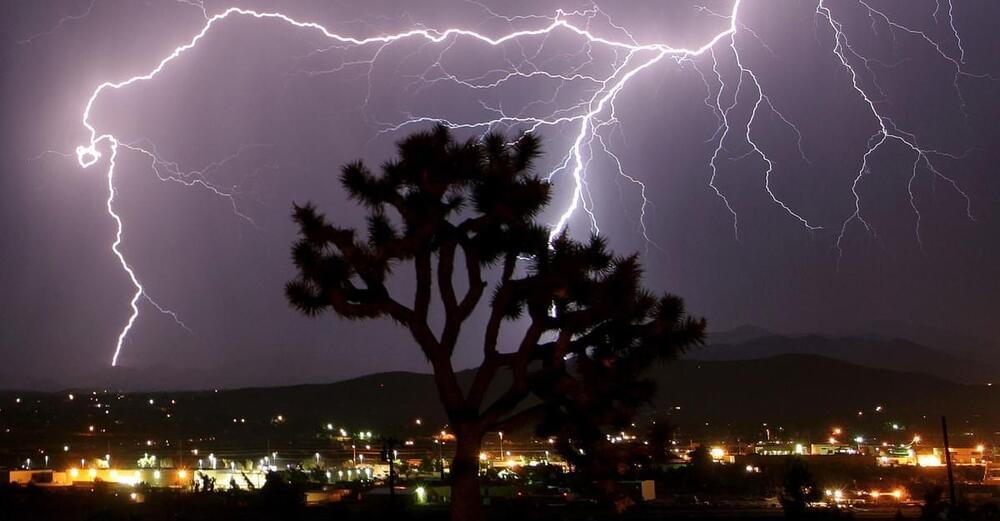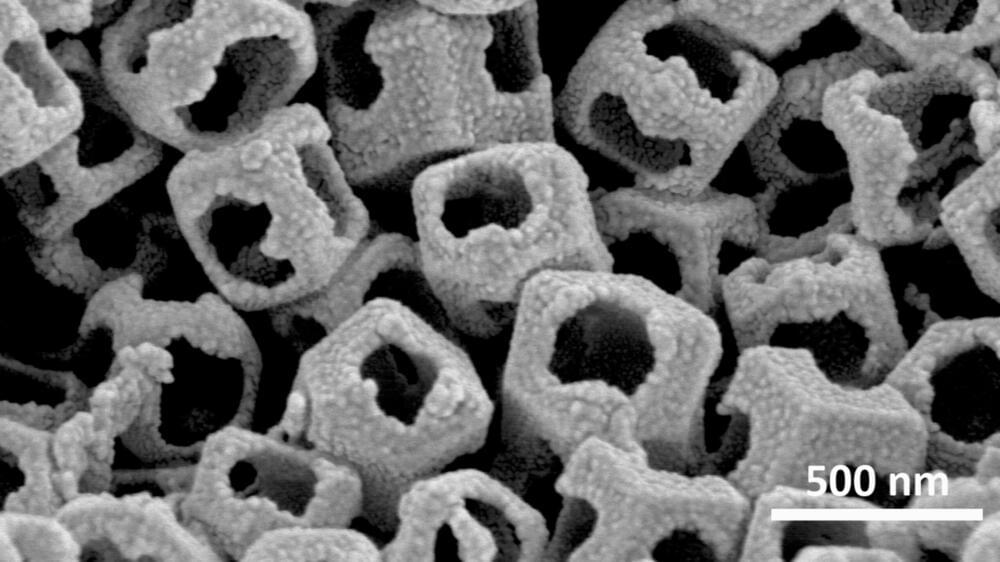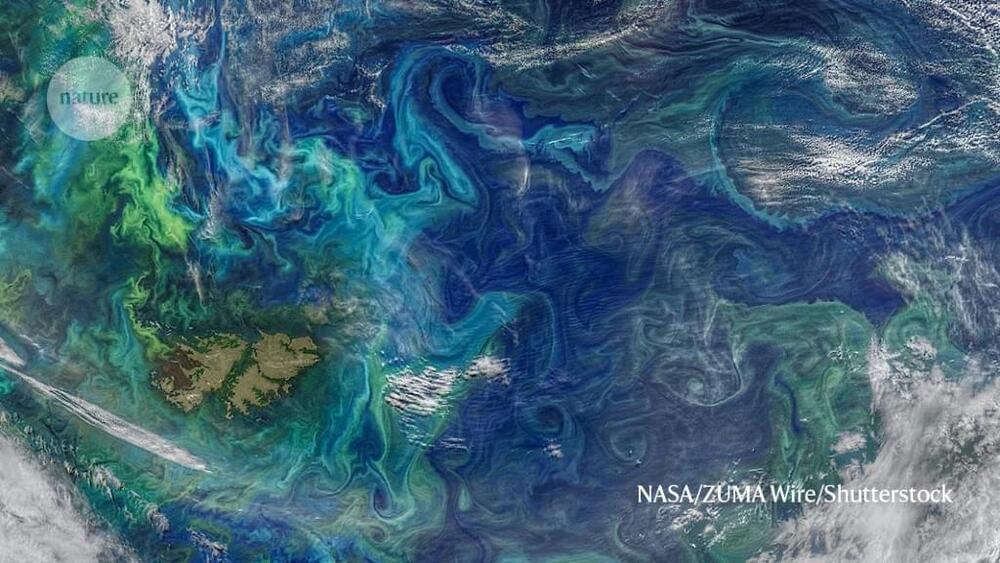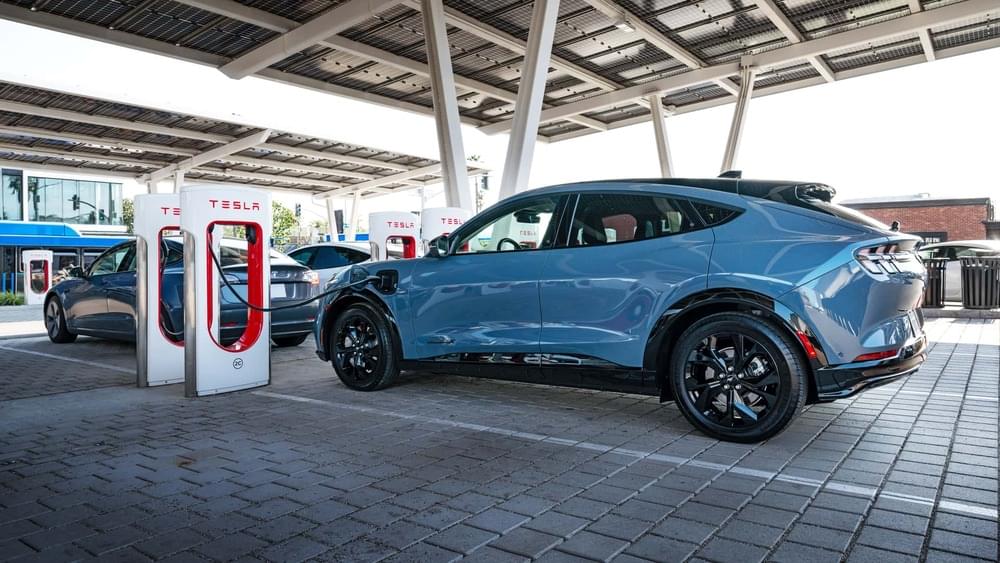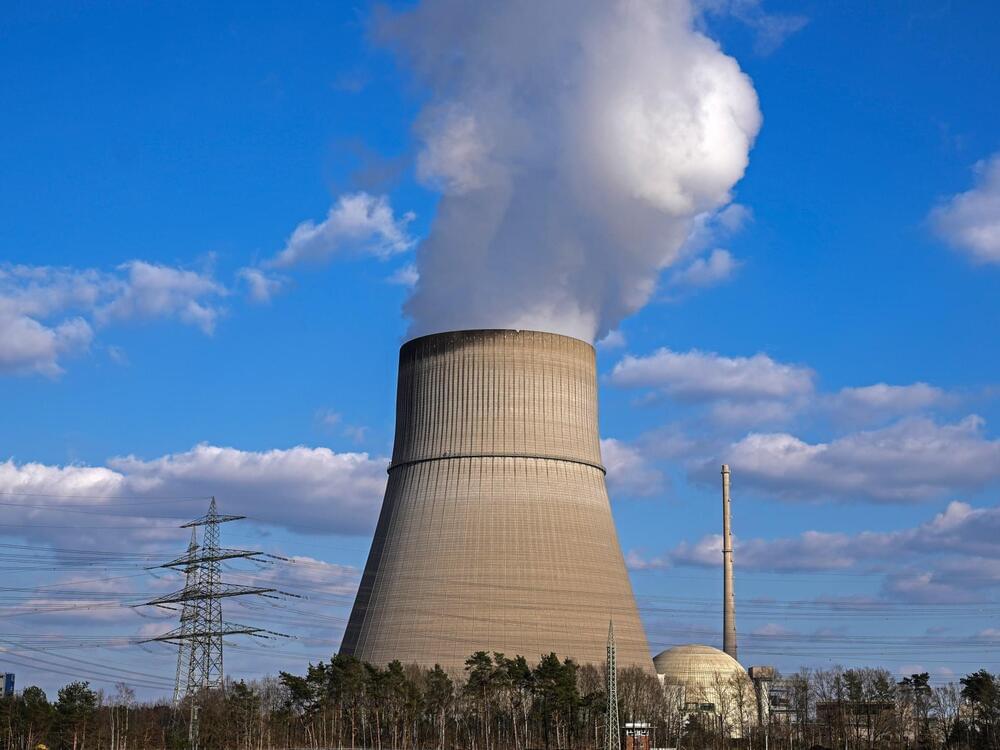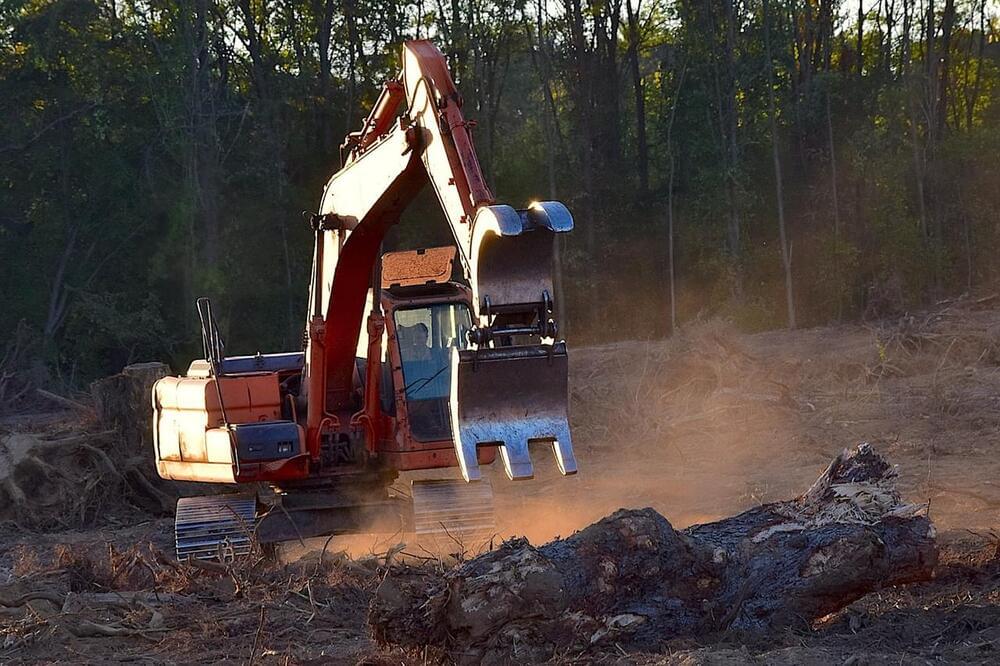Archive for the ‘climatology’ category: Page 23
Mar 2, 2024
Space Accident Means Tardigrades May Have Contaminated The Moon
Posted by Josh Seeherman in categories: climatology, robotics/AI, space
# spacebear.
Just over five years ago, on 22 February 2019, an unmanned space probe was placed in orbit around the Moon.
Named Beresheet and built by SpaceIL and Israel Aerospace Industries, it was intended to be the first private spacecraft to perform a soft landing. Among the probe’s payload were tardigrades, renowed for their ability to survive in even the harshest climates.
Continue reading “Space Accident Means Tardigrades May Have Contaminated The Moon” »
Mar 2, 2024
The 2025 Ram 1500 Ramcharger May Be The Best Electric Truck For Towing, Hauling
Posted by Shailesh Prasad in category: climatology
Here’s why the Ramcharger may beat the Ford F-150 Lightning and Tesla Cybertruck if you’ve got to tow and haul right now.
Mar 2, 2024
Chemical etching method opens pores for fuel cells and more
Posted by Dan Breeden in categories: chemistry, climatology, economics, sustainability
A chemical etching method for widening the pores of metal-organic frameworks (MOFs) could improve various applications of MOFs, including in fuel cells and as catalysts. Researchers at Nagoya University in Japan and East China Normal University in China developed the new method with collaborators elsewhere in Japan, Australia, and China, and their work was published in the Journal of the American Chemical Society.
MOFs are porous materials composed of metal clusters or ions interconnected by carbon-based (organic) linker groups. Varying the metallic and organic components generates a variety of MOFs suitable for a wide range of applications, including catalysis, chemical separation, and gas storage.
Some MOFs have clear potential for catalyzing the chemical reactions inside fuel cells, which are being explored as the basis of renewable energy systems. Because they don’t use fossil fuels, fuel cells could play a key role in the transition to a low-or zero-emissions economy to combat climate change.
Mar 1, 2024
‘Oceans are hugely complex’: modelling marine microbes is key to climate forecasts
Posted by Logan Thrasher Collins in categories: biological, chemistry, climatology, computing
An interesting exploration of the importance of oceanic microorganisms to biogeochemical processes, how existing computational climate models do not adequately capture the complexity introduced by these microbes, and suggestions for future directions in climate modeling that better incorporate the…
Microorganisms are the engines that drive most marine processes. Ocean modelling must evolve to take their biological complexity into account.
Mar 1, 2024
Ford’s NACS Fast Charging Adapter Now Available As Tesla Charging Network Opens
Posted by Shailesh Prasad in category: climatology
Everybody knows that the public fast-charging life is just easier when you’re a Tesla owner. But starting today, Ford F-150 Lightning and Mustang Mach-E owners will begin to play on their level too as the Tesla Supercharger network opens up to them.
Ford today announced two major developments on the electric front. First, Ford customers can now order the Fast Charging Adapter—the first from a major automaker—that allows Tesla North American Charging Standard (NACS) plugs to link up to the Combined Charging System (CCS) fast-charging port standard on basically all non-Tesla EVs.
Mar 1, 2024
Is nuclear power the key to space exploration?
Posted by Shubham Ghosh Roy in categories: climatology, nuclear energy, space travel, sustainability
The Voyager 1 was launched in 1977. Almost 50 years later, it’s still going and sending back information, penetrating ever deeper into space. It can do that because it’s powered by nuclear energy.
Long a controversial energy source, nuclear has been experiencing renewed interest on Earth to power our fight against climate change. But behind the scenes, nuclear has also been facing a renaissance in space.
In July, the US National Aeronautics and Space Administration (NASA) and Defense Advanced Research Projects Agency (DARPA) jointly announced that they plan to launch a nuclear-propelled spacecraft by 2025 or 2026. The European Space Agency (ESA) in turn is funding a range of studies on the use of nuclear engines for space exploration. And last year, NASA awarded a contract to Westinghouse to develop a concept for a nuclear reactor to power a future moon base.
Feb 29, 2024
Can we control superintelligence? With Yoshua Bengio #artificialinteligence
Posted by Dan Breeden in categories: climatology, robotics/AI, sustainability
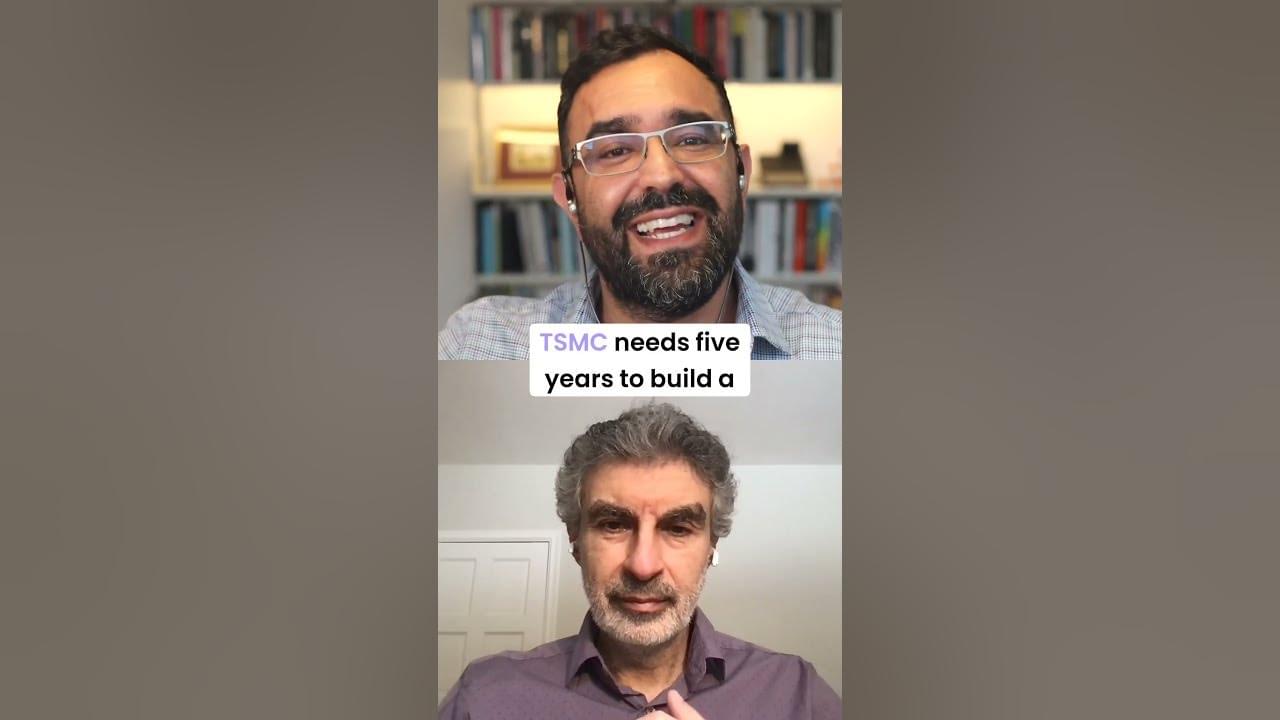
Azeem speaks with Professor Yoshua Bengio. In 2018, Yoshua, Geoff Hinton and Yann LeCun were awarded the Turing Award for advancing the field of AI, in particular for their groundbreaking conceptual and engineering research in deep learning. This earnt them the moniker the Three Musketeers of Deep Learning. I think Bengio might be Aramis: intellectual, somewhat pensive, with aspirations beyond combat, and yet skilled with the blade.
With 750,000 citations to his scientific research, Yoshua has turned to the humanistic dimension of AI, in particular, the questions of safety, democracy, and climate change. Yoshua and I sit on the OECD’s Expert Group on AI Futures.
Feb 28, 2024
Scientists Develop Method To Cool One of the World’s Hottest Cities by 8°F
Posted by Saúl Morales Rodriguéz in categories: climatology, materials
A recent study from UNSW Sydney demonstrates that significant reductions in the temperatures of major cities located in hot desert climates can be achieved alongside decreases in energy expenses.
The findings, recently published in Nature Cities, detail a multi-faceted strategy to cool Saudi Arabia’s capital city by up to 4.5°C, combining highly reflective ‘super cool’ building materials developed by the High-Performance Architecture Lab with irrigated greenery and energy retrofitting measures. The study, which was conducted in collaboration with the Royal Commission of Riyadh, is the first to investigate the large-scale energy benefits of modern heat mitigation technologies when implemented in a city.
“The project demonstrates the tremendous impact advanced heat mitigation technologies and techniques can have to reduce urban overheating, decrease cooling needs, and improve lives,” says UNSW Scientia Professor Mattheos (Mat) Santamouris, Anita Lawrence Chair in High-Performance Architecture and senior author of the study.
Feb 27, 2024
Deforestation’s Hidden Toll: Impact on Child Health
Posted by Laurence Tognetti, Labroots Inc. in categories: biological, climatology, economics, education, health, sustainability
Do the impacts of deforestation go beyond the environment? What about human health, specifically the health of children? This is what a recent study published in Economics & Human Biology hopes to address as Dr. Gabriel Fuentes Cordoba, who is an associate professor of economics from Sophia University in Japan, investigated how deforestation in Cambodia effects the health of children around the time of their birth. This study holds the potential to help scientists, conservationists, and the public better understand the health effects of deforestation, specifically with the increasing effects of climate change around the world.
For the study, Dr. Fuentes Cordoba analyzed data obtained from the Cambodian Demographic Health Surveys and forest loss to ascertain the health impacts for pregnant women and children under five years of age who reside in areas of deforestation. In the end, Dr. Fuentes Cordoba discover alarming results that suggest deforestation exposure to women less than one year before pregnancy could lead to development of anemia, which is a precursor to malaria. This could result in significant health impacts on children being born, specifically reductions in birth weight, along with overall height and weight as they age.
“This research shows a negative impact of deforestation on child health,” Dr. Fuentes Cordoba said in a statement. “This negative impact may persist into adulthood and affect other aspects of wellbeing such as education acquisition and even wages. My findings indicate that future research should explore this aspect further.”
